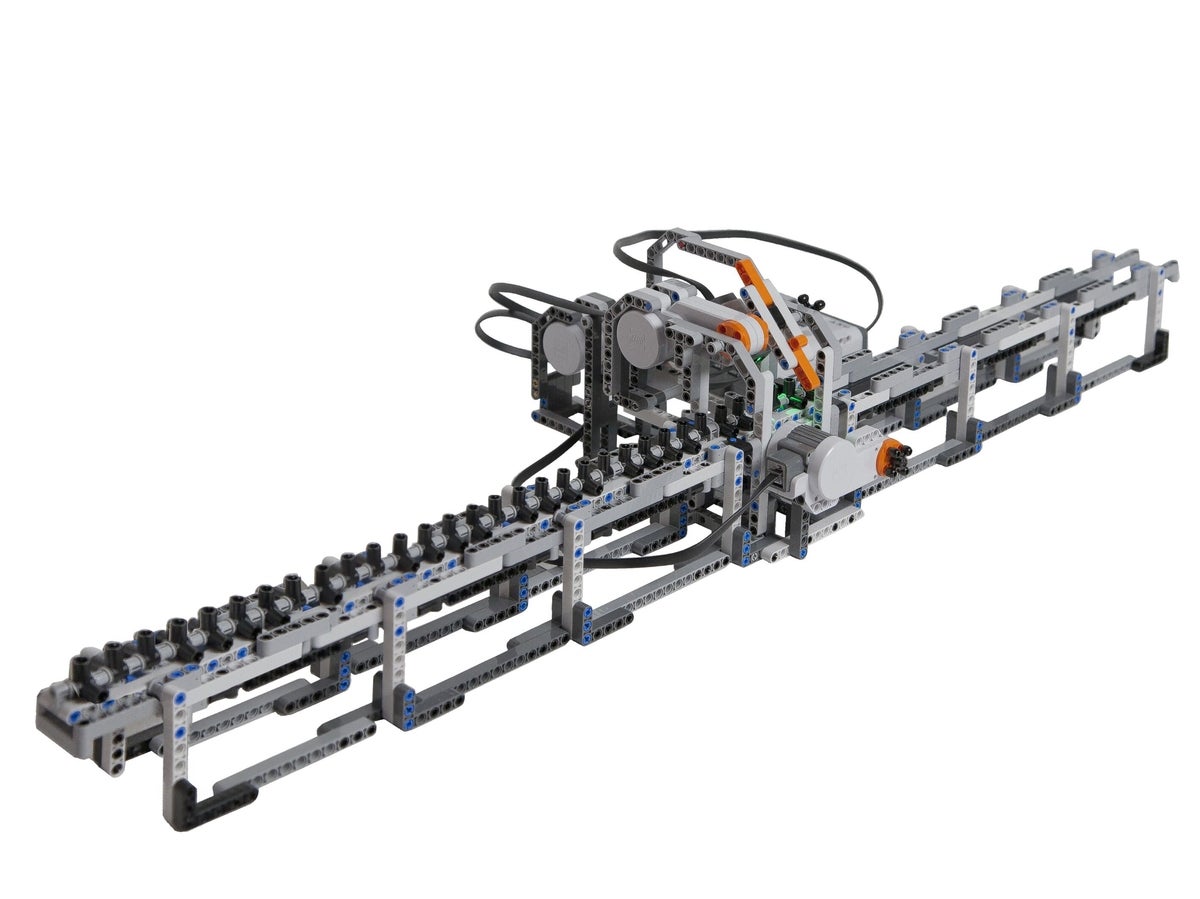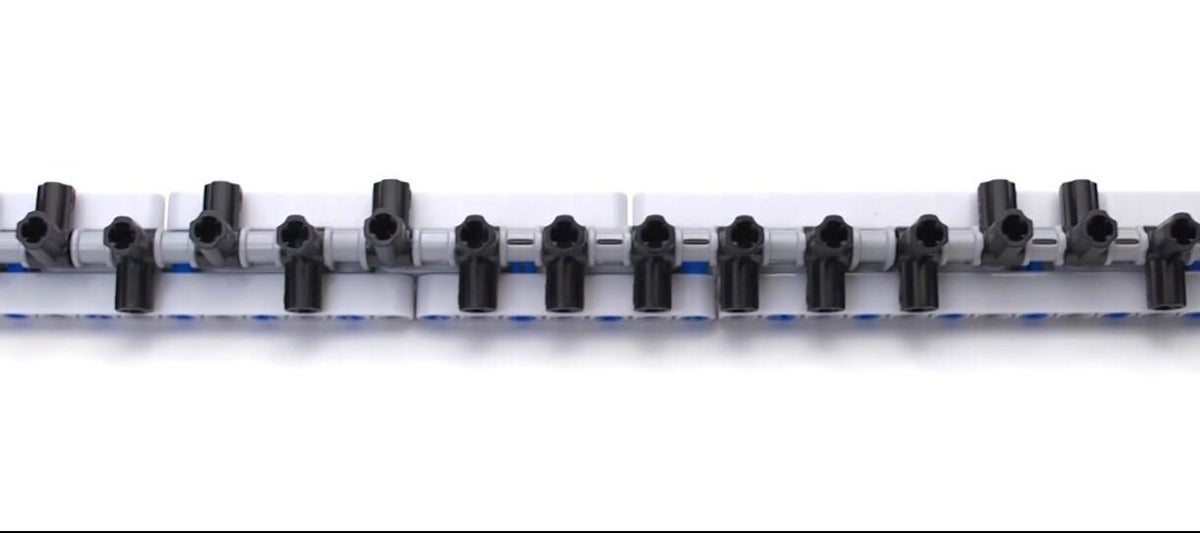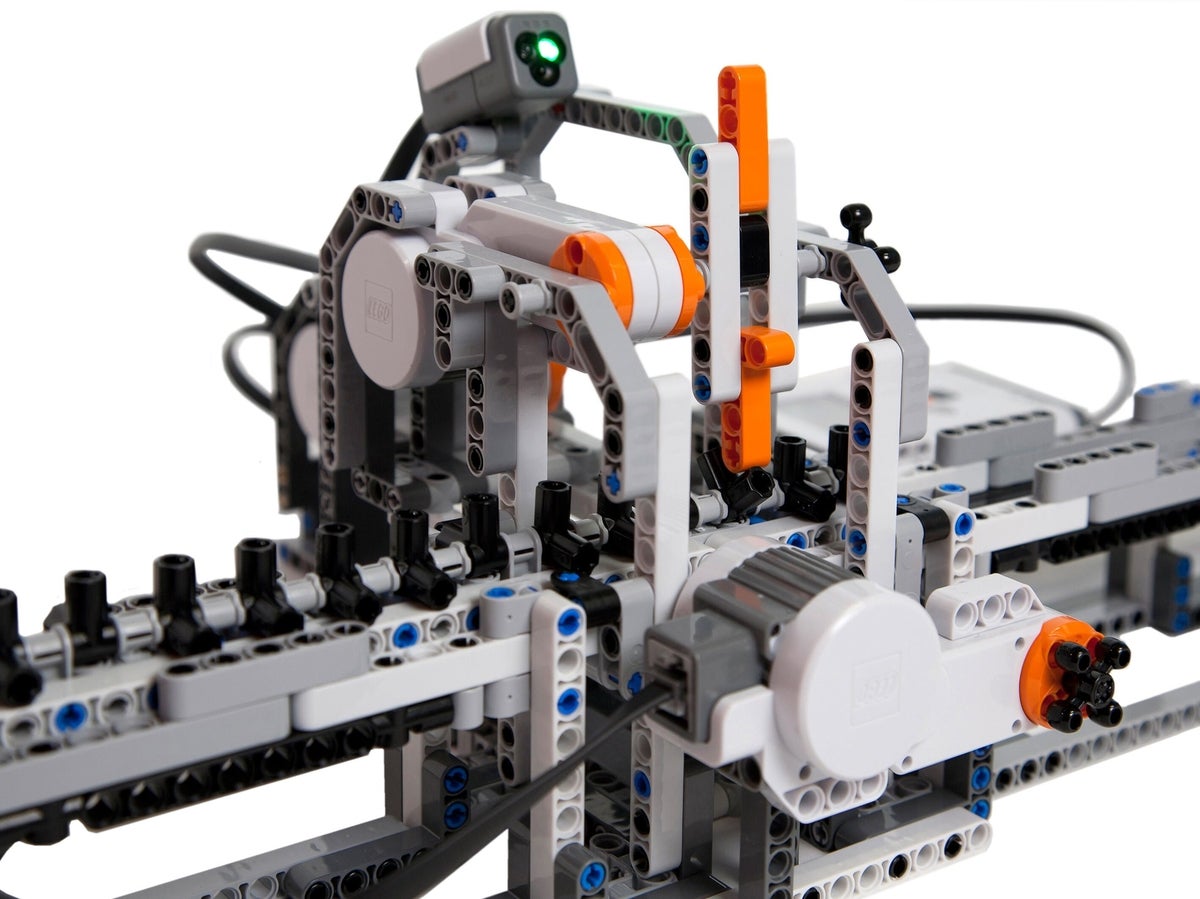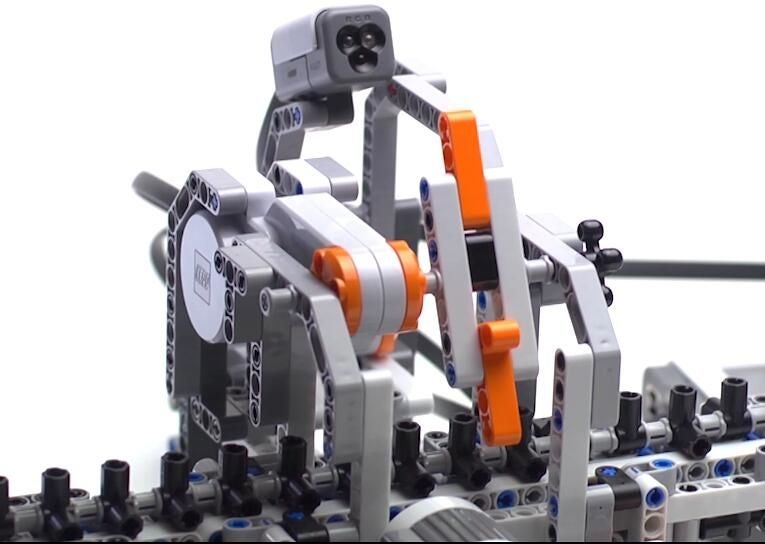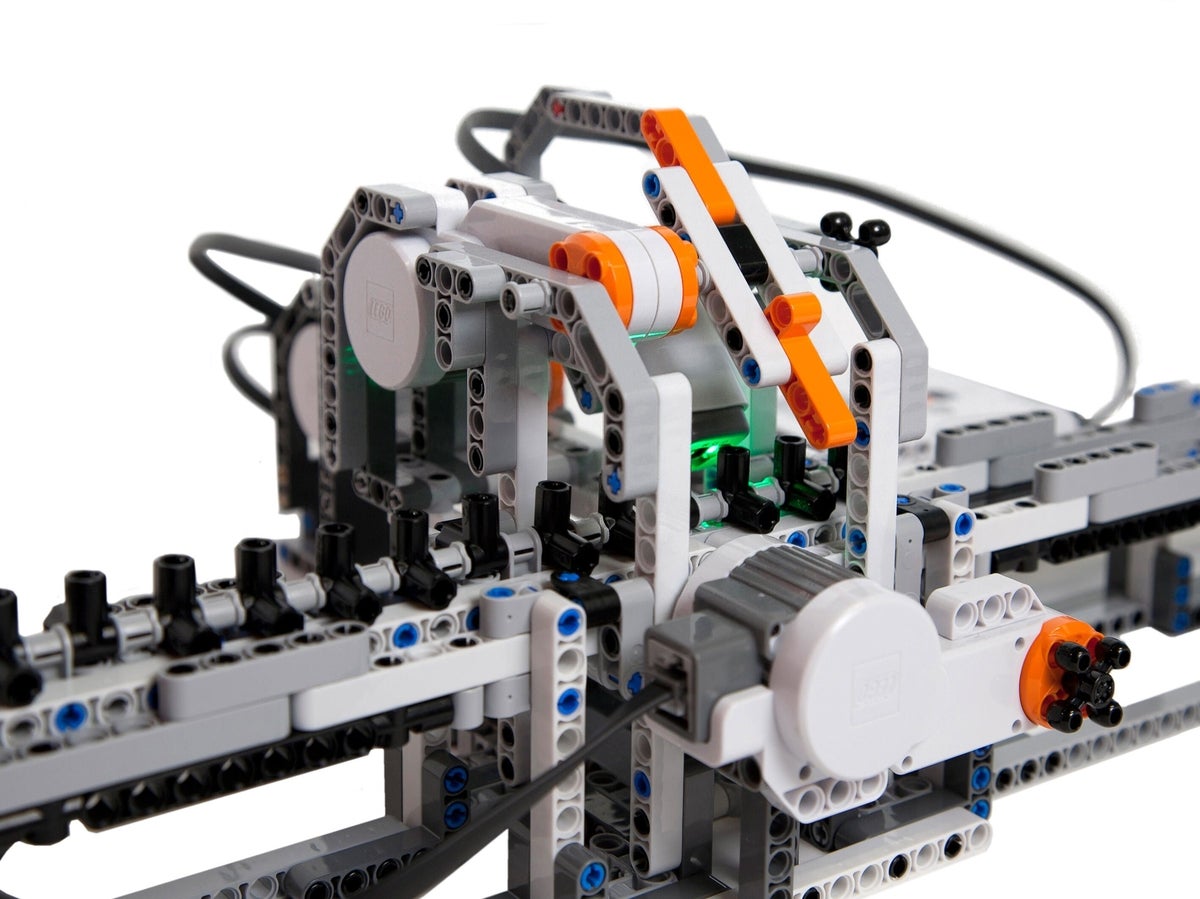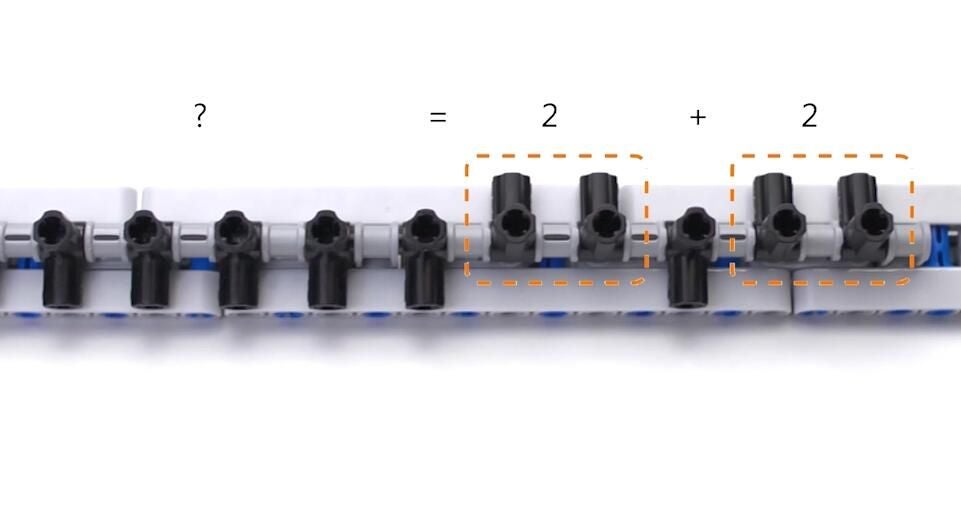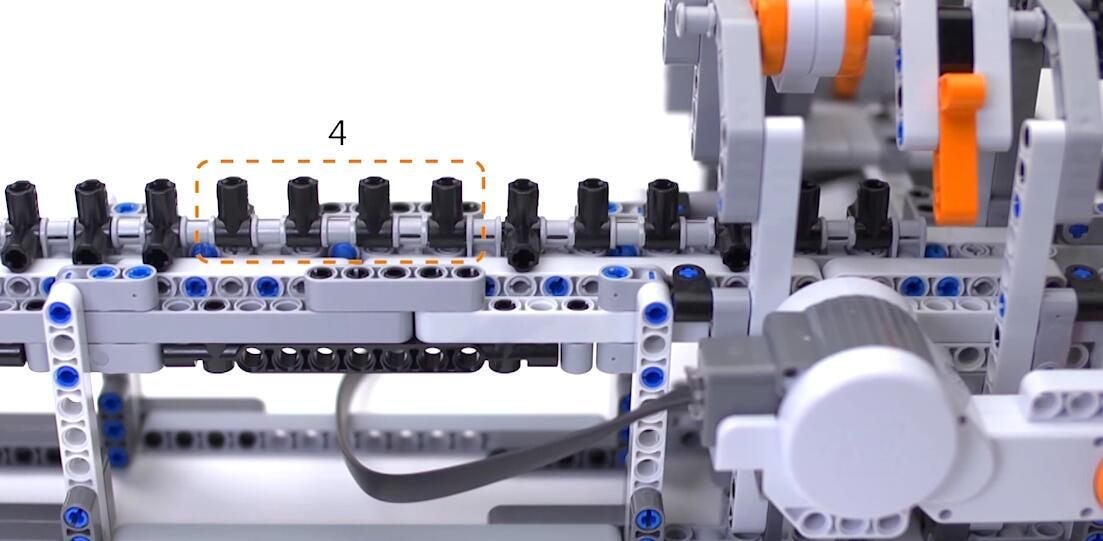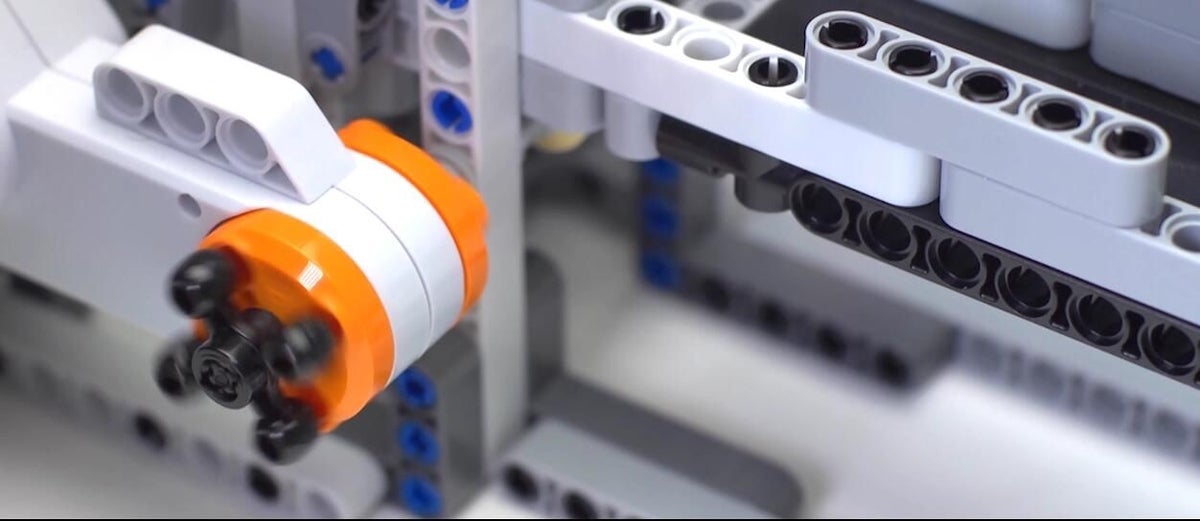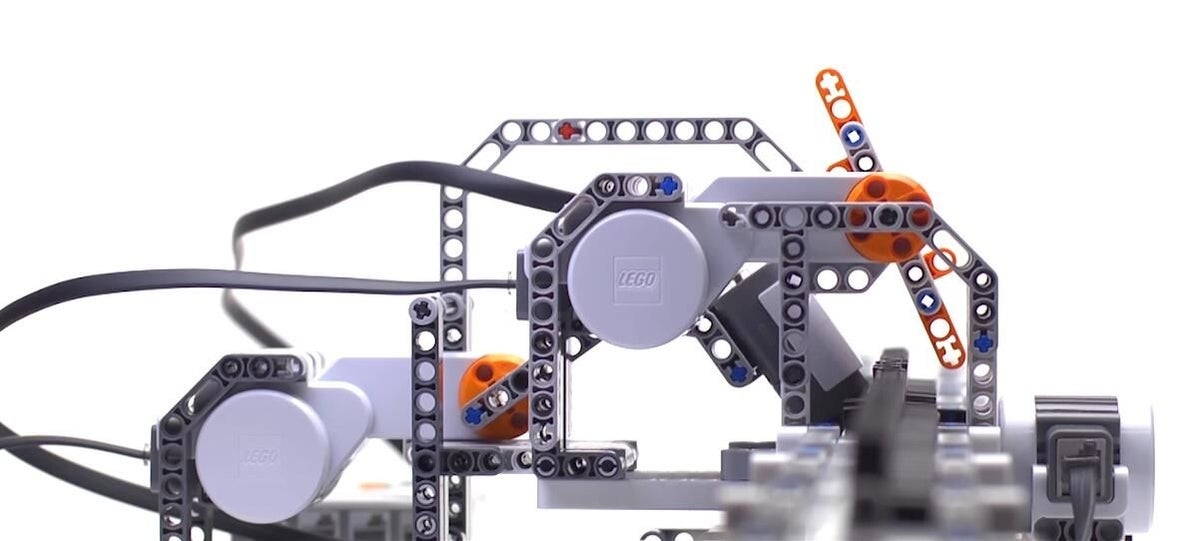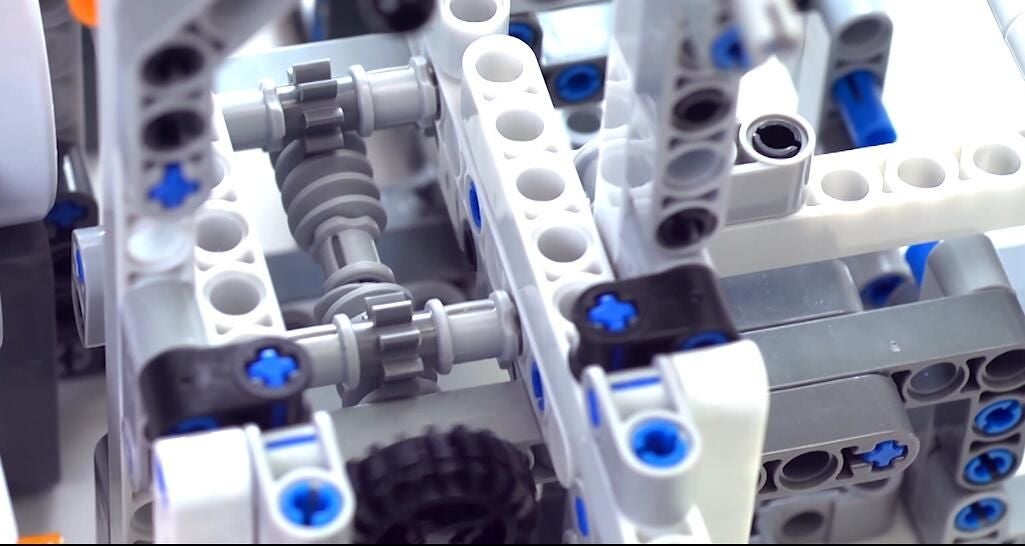Lego Turing Machine: The building blocks of computing in play
Image 1 of 10
ntThe Turing Machine is a theoretical model of how computation takes place. It dates from 1936 and inspired the pioneers who created the modern digital computer. The machine was described in a paper, On Computable Numbers, written by British mathematician Alan Turing.
n
ntResearchers at the Centrum Wiskunde & Informatica (CWI) or Centre for Mathematics and Computer Science in Amsterdam in the Netherlands decided to demonstrate the principles of the machine’s operation by building a Turing Machine using a Lego Mindstorms NXT set.
n
ntThe machine is part of the Turings Erfenis exhibition at the centre, which is running until October to mark the centenary of Turing’s birth.
n
ntPhoto: Centrum Wiskunde & Informatica
ntThe Lego machine is based on the theoretical device set out by Turing in his paper.
n
ntTuring described the hypothetical machine as being able to move backwards or forwards over a strip of infinite tape, which is divided into cells. The machine could read, write or erase symbols inside each cell.
n
ntThe machine would be controlled by a series of rules that tell it whether to move the tape, how to manipulate a cell’s contents and which rule to jump to next.
n
ntIn the Lego Turing Machine each cell on the building-block tape, seen above, is made of a black switch, which can be switched on to represent a symbol or turned off to represent a blank cell.
n
ntPhoto: Centrum Wiskunde & Informatica
ntAs the Lego machine moves along the tape, it checks the contents of each cell using a light sensor. The sensor detects the light reflected from each cell to check whether it contains a black switch, representing a symbol, or a white Lego block, representing a blank cell. The Lego tape is made up of 32 cells.
n
ntPhoto: Centrum Wiskunde & Informatica
ntA rotating beam with two orange arms mounted above the Lego tape can flip the black switches in both directions – either inscribing a symbol on the tape or erasing it.
n
ntPhoto: Centrum Wiskunde & Informatica
ntThe machine reads from the Lego tape.
n
ntPhoto: Centrum Wiskunde & Informatica
ntHere you can see the machine representing the computation of 2 + 2.
n
ntPhoto: Centrum Wiskunde & Informatica
ntAnd here the machine is representing the result of the 2+2, which is of course 4.
n
ntPhoto: Centrum Wiskunde & Informatica
ntThe movement of the Lego tape and the operation of scanner are controlled by a series of corkscrews and rotors.
n
ntPhoto: Centrum Wiskunde & Informatica
ntA side view of the machine.
n
ntPhoto: Centrum Wiskunde & Informatica
ntAnother close-up of the machine.
n
ntPhoto: Centrum Wiskunde & Informatica
-
Account Information
Contact Nick Heath
- |
- See all of Nick's content
